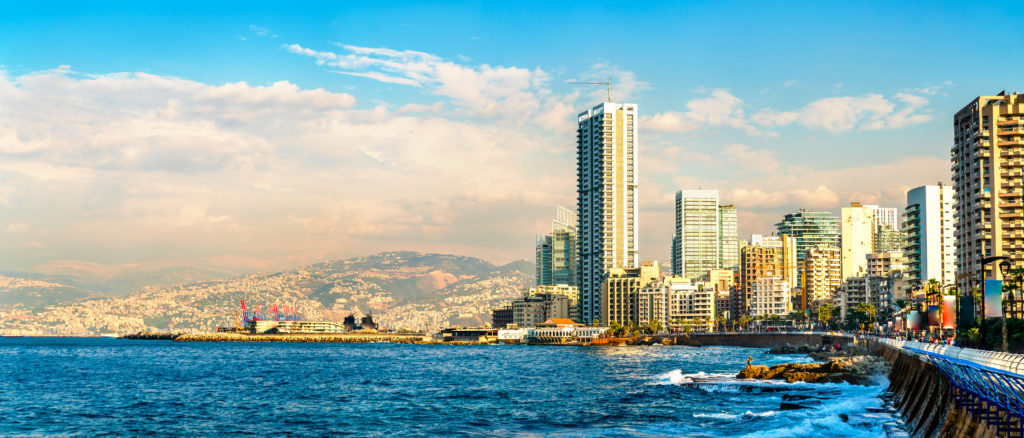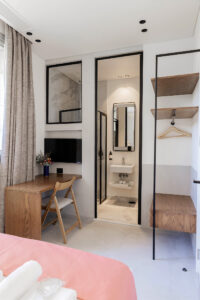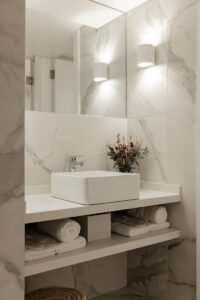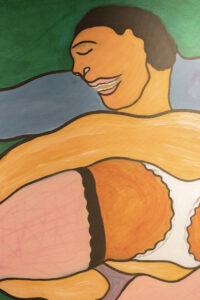The allure of Beirut – an overview
Flanked by the Lebanon Mountains to the east and bordering the Mediterranean Sea to the west, Beirut is a small city. But let that not fool you; it is intensely complex and full of contrasts.
Indeed, there are few cities in the world as old as Beirut. Inhabited for more than 5,000 years, the Lebanese capital is a dream come true for lovers of history. Much like all ancient cities, Beirut is home to a number of museums that serve as reminders of an incredibly rich and colourful past, including the National Museum of Beirut and the AUB Archaeological Museum. Yet, its remarkable history is not merely confined to institutions like these, as immaculately preserved Roman baths and other magnificent millennia-old sites can be admired by simply taking a walk around Downtown.
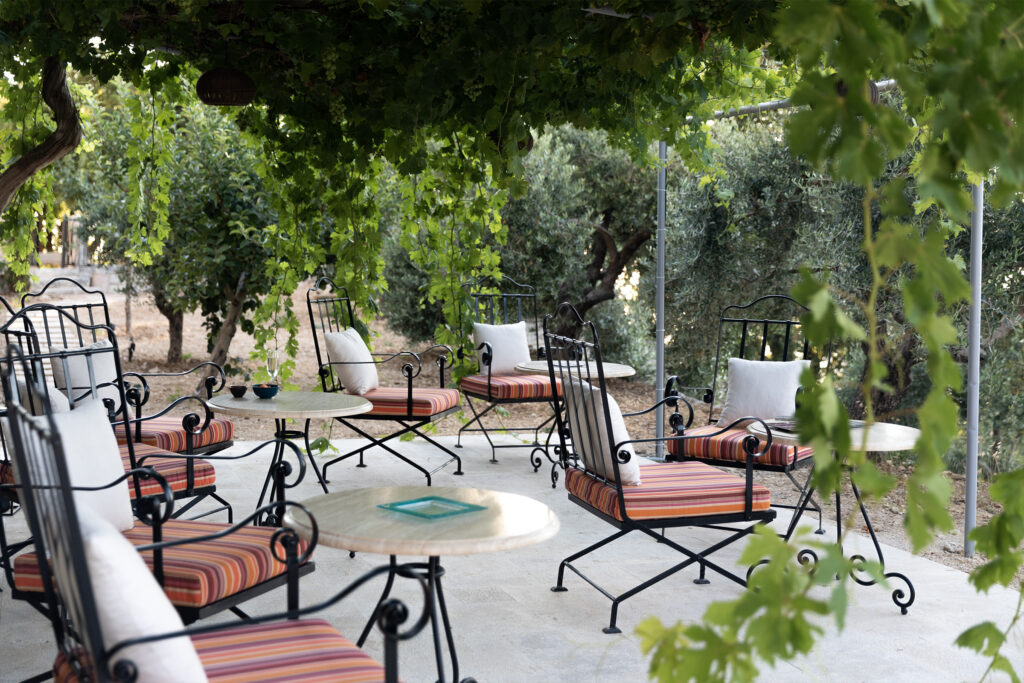
Beirut also attracts art enthusiasts thanks to its vibrant art scene. While the Sursock, an architectural wonder and the city’s largest art museum, boasts an impressive collection of 1,500 works by some of Lebanon’s most prolific artists, a plethora of galleries and art spaces can also be found throughout the city, particularly in the artsy neighbourhoods of Gemmayze and Mar Mikhael.
Bursting with flavours, from authentic bakeries and street food spots to traditional Lebanese restaurants with mesmerising views of the sea, Beirut presents an enticing prospect for foodies. What’s more, this culinary capital also prides itself on offering excellent foreign cuisine, including French, Italian, Asian and Armenian, in addition to several others.
But perhaps Beirut’s greatest claim to fame is its inimitable nightlife. Voted among the best party destinations in the world, the city’s insatiable appetite for a good time is evident year round. Those who visit during the summer months can enjoy the ambience of rooftop bars and clubs, which bring together fun-loving crowds for unforgettable Beirut nights.
Neighbourhoods
Admittedly, the Lebanese capital is not the most pedestrian friendly in the world—poorly maintained pavements and an absence of designated crossings are commonplace. However, it is a city that yearns to be explored on foot, so don’t be deterred.
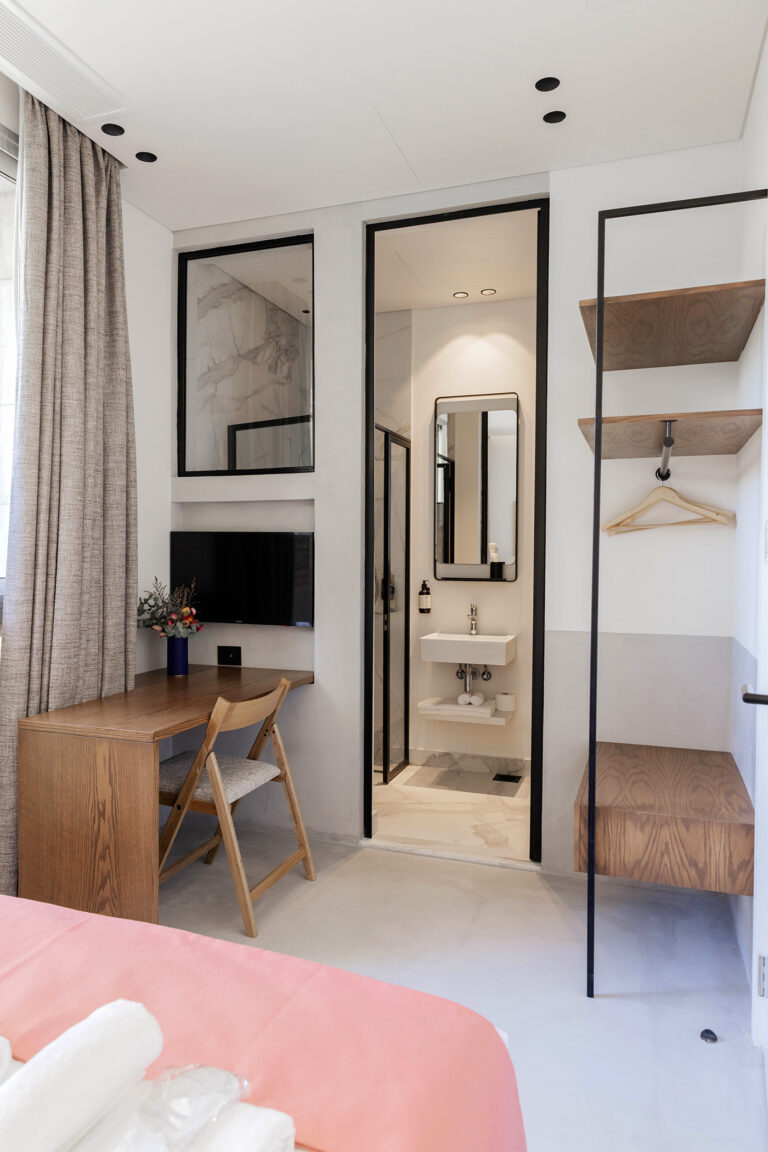
Where to stay in Achrafieh?
Discover La Maison Rayes, L’Hôte Libanais’ family member in Sursock.
Achrafieh
Some people would go as far as to say that Achrafieh is the prettiest and most characterful neighbourhood of Beirut. It is located on a hilly section towards the east, rising above Gemmayze and extending to Badaro.
What makes Achrafieh particularly charming is its striking architecture. Despite the widespread damage that resulted from the Lebanese civil war and the impact of the catastrophic Beirut port explosion, a palpable fusion of French, Ottoman and Lebanese design elements can still be seen in a significant number of buildings, especially those in and around Chehade Street, Rue du Liban and Rue Monnot, a quaint cobblestone street named after the French Jesuit Father Ambroise Monnot, who founded the Saint Joseph University there in 1875.
The grand palaces and mansions that epitomise Rue Sursock are a sight to behold. Despite its central location, this affluent, tree-lined street in Achrafieh is surprisingly peaceful, so you can admire the marvellous architecture and impeccably manicured gardens on an afternoon stroll. Look out for the Ottoman-inspired villa Linda Sursock, an eye-catching yellow mansion on the corner of Rue Sursock, and the majestic Sursock Palace, a grand residence facing the renowned Sursock Museum.
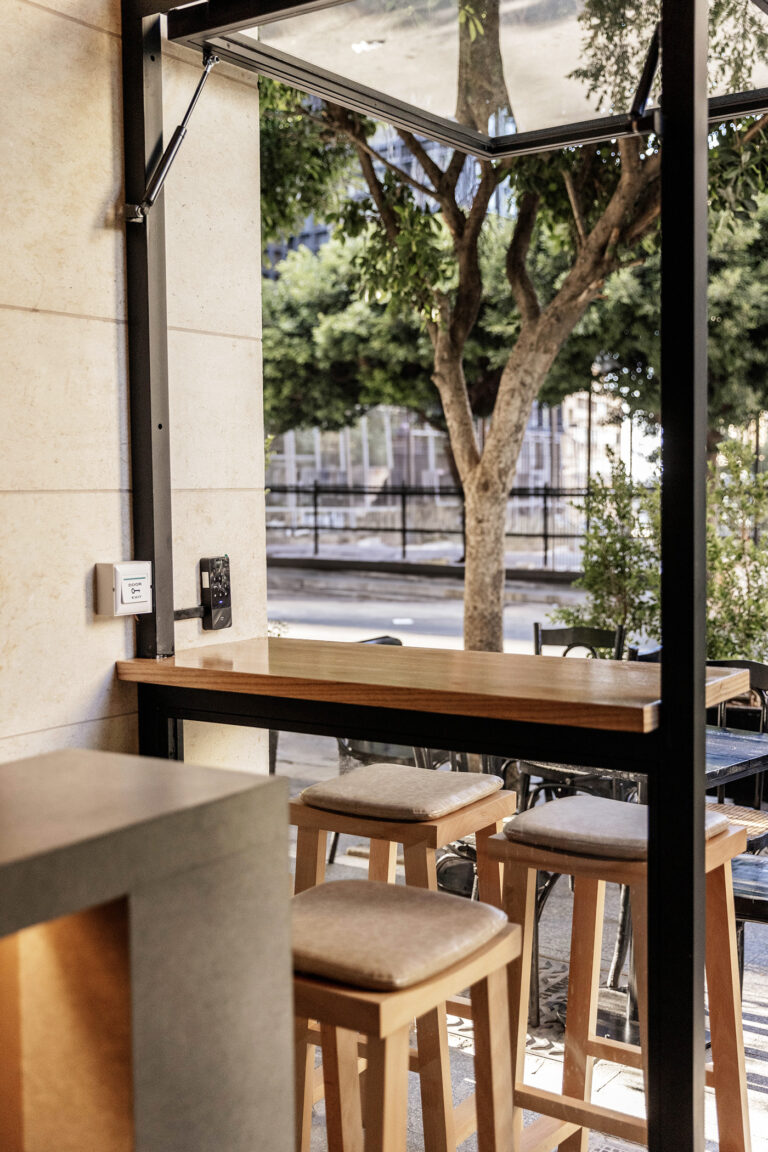
Where to stay in Gemmayze?
Discover La Maison Rayes, L’Hôte Libanais’ family member in Sursock.
Gemmayze
The name Gemmayze derives from the Arabic word for sycamore, as the trees grew abundantly in the neighbourhood before the era of mass urbanisation. These days, Gemmayze is known for its trendy cafes, restaurants, bars, boutiques and art spaces, many of which are nestled inside stunning heritage buildings. The slower daytime pace of the neighbourhood stands in stark contrast to a livelier atmosphere after sunset.
It’s hard to ignore the French influences that exist in this part of Beirut. Rue Gouraud is a nod to the renowned First World War army general, while the street that runs parallel pays homage to Louis Pasteur.
Apart from the maze of narrow streets, staircases are characteristic of Gemmayze. Many were constructed over a century ago to connect neighbourhoods, especially those at the top of the hill. Today, they are still used by pedestrians, the most famous being the Saint Nicolas stairs, also known as ‘Escalier de L’Art’, which is located halfway down Rue Gouraud and provides direct access to Sursock. The staircase hosts events, including an annual film festival and art exhibitions, and at 125 steps, it is reputedly the longest of its kind in the Middle East.
Recommendations
Food and drink
Beit Kanz.
The exquisite Tabbal Building on Sursock Street is home to Beit Kanz, a cultural hub that aims to preserve traditional crafts and promote the rich flavours of Lebanon’s terroir. Visitors can enjoy a delicious meal or refreshing drink at the café-restaurant and explore the artisanal boutique. All proceeds from Beit Kanz go to Beit El Baraka, an NGO that assists vulnerable Lebanese families.
Achrafieh
Centrale.
An architectural masterpiece in its own right, with a floor-to-ceiling wine cellar and tunnel bar suspended in the air, Centrale is among Beirut’s most outstanding restaurants. The menu comprises expertly crafted international dishes, while the bar serves an array of signature cocktails.
Achrafieh
Centrale.
An architectural masterpiece in its own right, with a floor-to-ceiling wine cellar and tunnel bar suspended in the air, Centrale is among Beirut’s most outstanding restaurants. The menu comprises expertly crafted international dishes, while the bar serves an array of signature cocktails.
Achrafieh
Centrale.
An architectural masterpiece in its own right, with a floor-to-ceiling wine cellar and tunnel bar suspended in the air, Centrale is among Beirut’s most outstanding restaurants. The menu comprises expertly crafted international dishes, while the bar serves an array of signature cocktails.
Achrafieh

